World War 1
What caused WW1?
World War 1, also called the First World War, The Great War, or The War to end all Wars, started on 28 July 1914.
It involved the participation of most of the nations of Europe along with Russia, the United States. The war was waged between the central powers, mainly Germany, Austria Hungary, and Turkey, and the Allies, mainly France, Great Britain, Russia, Italy, Japan, and, from 1917, the United States.
It ended with the defeat of the Central Powers. The war was virtually unprecedented in the slaughter, carnage, and destruction it caused.

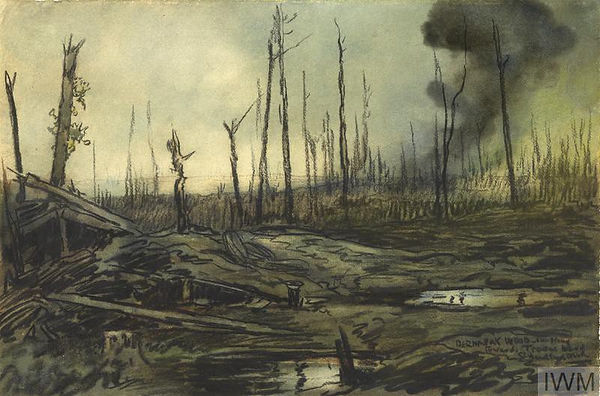
Before the war, from 1912-1913, Serbia's power, wealth and status have been increased by the two Balkan Wars. Serbian nationalists then turned their attention back to the idea of “liberating” the South Slavs of Austria-Hungary. Colonel Dragutin Dimitrijević, head of the secret society Union or Death, pledged to the pursuit of this pan-Serbian ambition. He then planned to assassinate Austrian Archduke Franz believing that this will help the Serbian cause. The Serbian prime minister, Nikola Pašić, and an enemy of Apis, heard of the plot and warned the Austrian government of it, but his message was too cautiously worded to be understood.
Franz Ferdinand and his morganatic wife, Sophie, Sarajevo. At 11:15 AM on June 28, 1914, in the Bosnian capital, duchess of Hohenberg, were shot dead by a Bosnian Serb, Gavrilo Princip. Austria Hungary saw the crime as the occasion for measures to humiliate Serbia and so to enhance Austria-Hungary’s prestige in the Balkans.
The Austrians decided to present an unacceptable ultimatum to Serbia and then to declare war.
Serbia, replies to the ultimatum, trying to dissuade Austria Hungary from declaring war. But, meanwhile, the German Foreign Office had been giving such encouragement to Berchtold that already on July 27 he had persuaded Franz Joseph to authorize war against Serbia. War was in fact declared on July 28, and Austro-Hungarian artillery began to bombard Belgrade the next day.
Timeline of the war:
1914:
30th July:
Russia mobilized its army against Austria Hungary
Austria Hungary mobilizes on its Russian Frontier
31st July:
Germany demands Russia to stop its mobilization for 24 hours, and requests for France to promise neutrality if war breaks out between Russia and Germany. Both countries ignored these demands
1st - 4th August:
Germany ordered general mobilization and declared war against Russia. France orders general mobilization, Germany declares war on France on 3rd August. German forces invade Belgium. Great Britain declares war against Germany to defend Belgium
August 5th to 31st:
German forces enter Brussels. Serbia, Japan, and Montenegro declare war against Germany. Montenegro, France and Great Britain declare war against Austria-Hungary. Austria-Hungary then declares war against Japan, Russia, and Belgium.
The battle of the Frontiers, the first series of battles that broke out shortly after the outbreak of WW1 took place in the month of August in 1914. It involved the Battle of Mulhouse, the Battle of Haelen, the Battle of Lorraine and the Battle of the Ardennes.
September 5th:
Russia, France, and Great Britain concluded the Treaty of London, each promising not to make a separate peace with the Central Powers. Thenceforth, they could be called the Allied, or Entente, powers, or simply the Allies.
September 4th to 13th:
Battle of Grand Couronne
The first battle of Marne
The first battle of the Aisne
September 28th to October 10th:
Siege of Antwerp
Battle of Aras(1st to 4th October)
October 16th to 31st:
Battle of the Yser
19 October – 22 November 1914:
1st Battle of Ypers
20 December 1914 – 17 March 1915
First battle of Champagne
1915:
10–13 March 1915
Battle of Neuve Chapelle
22 April – 25 May 1915
Second battle of Ypers
9 May – 18 June 1915
Second battle of Artois
31 May - 1 June 1916
Naval battle of Jutland.
25 April 1915 - 9 January 1916
Galloli Campaign
25 September – 8 October 1915
Battle of Loos
25 September – 6 November 1915
Second battle of Champagne
1916:
21 February - 18 December 1916
Battle of Verdun
1 July - 18 November 1916
Battle of the Somme
4 June - 20 September 1916
Brusilov Offensive
23 July – 3 September 1916
Battle of Pozieres
1917:
Apil 6th:
America joins World War 1
16 April – 9 May 1917:
Nivelle Offensive
16 April – 9 May, 24–26 October 1917
The second battle of the Aisne
31 July - 10 November 1917
3rd Ypers Campaign
1918:
21 March – 18 July 1918:
German Spring Offensive
21 March – 5 April 1918:
1st Battle of the Somme
27 May – 6 June 1918:
3rd Battle of the Aisne
15 July – 6 August 1918:
2nd Battle of the Marne
8 August – 11 November 1918:
Hundred Days Offensive
August 21 – September 2, 1918:
Second battle of the Somme
29 September – 10 October 1918:
Battle of the Hindenburg Line
4 November 1918:
Battle of the Sambre. This was the last of the Allied Offensives in the European Theatre of WW1. By November 1918 the old trench system on the Western Front had collapsed and it was now open warfare. The Germans resorted to using geographical features to defend and on 4th November 1918, it was the Sambre-Oise Canal. The operation was a successful, with minimal losses and mostly a success; but not without some casualties.


Tactical map showing the 1st Ypers Campaign
The Sambre
Artist impression of the battle of Somme
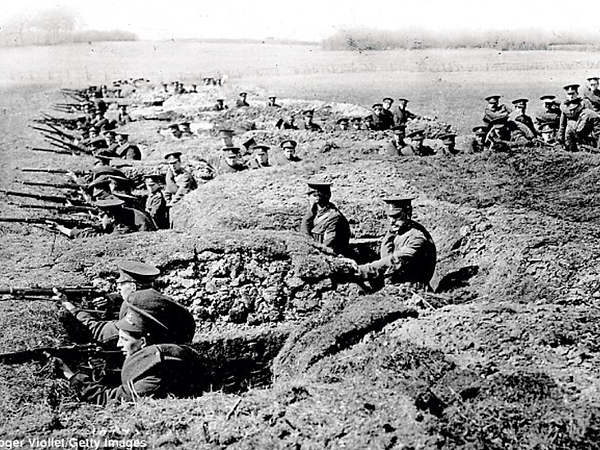
Trench warfare: Used widely by all factions of the war
Technology and tactics used in the war
One of the saddest facts about World War I is that millions died needlessly because military and civilian leaders were slow to adapt their old-fashioned strategies and tactics to the new weapons of 1914. New technology made war more horrible and more complex than ever before. The United States and other countries felt the effects of the war for years afterward.
The popular image of World War I is soldiers in muddy trenches and dugouts, living miserably until the next attack. This is basically correct. Technological developments in engineering, metallurgy, chemistry, and optics had produced weapons deadlier than anything known before. The power of defensive weapons made winning the war on the western front all but impossible for either side.
Trench warfare
Trench warfare is a type of land warfare using occupied fighting lines consisting largely of military trenches, in which troops are well-protected from the enemy's small arms fire and are substantially sheltered from artillery.
A trench system may begin simply as a collection of foxholes hastily dug by troops using their entrenching tools. These holes may subsequently be deepened so that a soldier can safely stand up in one of them, and the individual foxholes may be connected by shallow crawl trenches. From this, a system of more permanent field fortifications may be constructed. In making a trench, soil from the excavation is used to create raised parapets running both in front of and behind the trench. Within the trench are firing positions along a raised forward step called a fire step, and duckboards are placed on the often muddy bottom of the trench to provide secure footing.
Some major battles involving extensive Trench Warfare include the Battle of The Frontiers, Battle of Verdun and Battle of the Somme
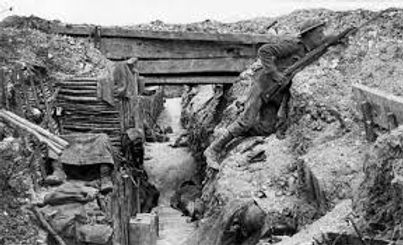


Artillery
Because the technology of stationary weapons was far more advanced compared to that of mobile fighting vehicles in WW1, artillery played an astronomical role in the war. Artillery dominated World War I as no other war in history. They were used for almost everything, from destroying enemy forces before they reached enemy lines, to destroy the defending enemy before attacking friendly troops reached the hostile positions. Artillery was expected to obliterate the enemy's fortifications and trench works, and even cut holes through the barbed wire in front.
The French had their own share of artillery. Throughout the war, they used a total of 8 types of artillery guns. Some included the Canon de 155 GPF mle, Canon de 155c modele, Canon de 105 mle Schneider, and Canon de 37 modele.

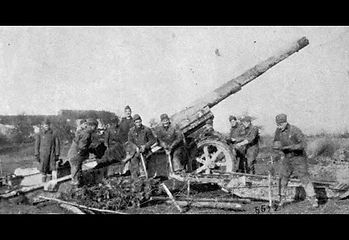
Tanks
The tank is the 20th-century realization of an ancient concept: that of providing troops with mobile protection and firepower. The internal combustion engine, armor plate, and continuous track were key innovations leading to the invention of the modern tank.
The modern tank of ww1 was invented by the British. From late 1914 a small number of middle-ranking British Army officers tried to persuade the War Office and the Government to consider the creation of armored vehicles. Amongst their suggestions was the use of caterpillar tractors, but although the Army used many such vehicles for towing heavy guns, it could not be persuaded that they could be adapted as armored vehicles. The consequence was that early tank development in Great Britain was carried out by the Royal Navy.
The first tanks that were developed were the British mark I, however, these early versions were plagued with problems and were not successful in the battles they were fielded in. They were also fielded in small numbers. The problems were never fully solved, but when fielded in large numbers, the tanks proved effective. People began to see the tank differently after the British committed them in mass for the first time at Cambrai on 20 November 1917, and the Allies’ 18 July 1918 counterattack at the Marne, which was spearheaded by 759 tanks,
The French pioneered the first ever tank with a fully rotatable turret, the Renault ft. This tank is the most revolutionary tank in history and paved the way for more modern tanks that will come later, before WW2 and during WW2 itself.
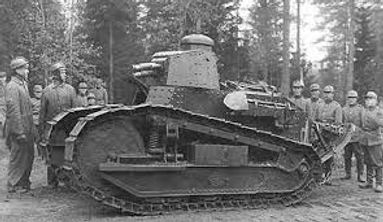
French Renault Ft
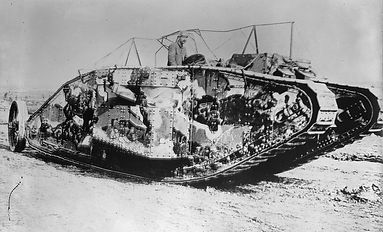
British Mark 1
Aircraft
At the start of the war, airplanes were used for reconnaissance only. By the end of the war, all sides had purpose-built aircraft for reconnaissance, bombing, and air superiority roles. In 1917, the Germans introduced the Junkers J-1, armed with three machine guns and a bomb load. It was both the world's first all-metal aircraft and the first one specifically designed for ground attack and infantry close support.
The aircraft of 1918 was still very primitive compared to the aircraft of World War II, and especially today. But most of the military functions of modern aircraft were in place by the end of World War I. The two exceptions were cargo aircraft and the helicopter. Between the world wars, transport, or cargo aircraft developed, and as their range and carrying capacity increased, the military airlift function expanded accordingly
There were a total of 42 World War 1 aircraft, including bombers, fighters, and reconnaissance. Some include the Caproni Ca3, a heavy biplane bomber, the Hanriot HD 1, a fighter and the Morane-Saulnier Type N, an advanced monoplane of that time.
Chemical Warfare
The Hague Declaration of 1899 and the Hague Convention of 1907 forbade the use of "poison or poisoned weapons" in warfare, yet more than 124,000 tons of gas were produced by the end of World War I.
The French were the first to use chemical weapons during the First World War, using the tear gases ethyl bromoacetateand chloroacetone. They likely did not realize that effects might be more serious under wartime conditions than in riot control. It is also likely that their use of tear gas escalated to the use of poisonous gases.
One of Germany's earliest uses of chemical weapons occurred on October 27, 1914, when shells containing the irritant dianisidine chlorosulfonate were fired at British troops near Neuve-Chapelle, France. Germany used another irritant, xylyl bromide, in artillery shells that were fired in January 1915 at the Russians near Bolimów, in present-day Poland. The first full-scale deployment of deadly chemical warfare agents during World War I was at the Second Battle of Ypres, on April 22, 1915, when the Germans attacked French, Canadian and Algerian troops with chlorine gas.
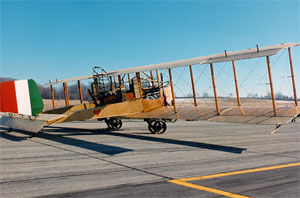

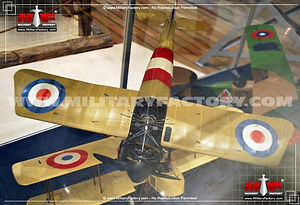
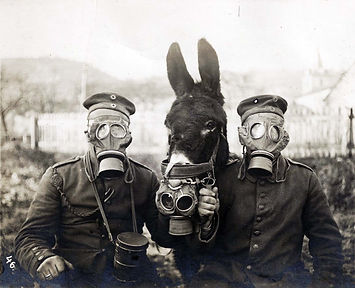
Involvment of France in the war
The figures below concern only the population of France and not their allies. These figures alone are outstanding and will give you an indication of the dimension of damage, pain and sorrow generated by a strange war. Very few countries in the world did not suffer.
The war lasted 1566 days and during this time...
More than 8,000,000 non-professional soldiers were mobilized for the war.
Around 1,400,000 of the soldiers were killed. This is an average of 893 deaths per day.
More than 4,300,000 men where wounded, which means an average of 2745 per day, this includes :
-
1,100,000 disabled
-
300,000 mutilated
-
42,000 blinded
-
15,000 broken faces
The deaths of soldiers created 700,000 widows and more than 1,000,000 orphans.
Between 81,000 and 97,000 men from the French colonies were killed, including 26,000 Algerians.
Of France's total population 1 out of 20 were killed.
27,000 French soldiers were killed on August 22nd 1914 at the Battle of Charleroi.
52% of the total of men mobilized were killed or wounded.
1914 was the bloodiest year for the French Army with an average of 2,200 deaths per day.
In 1914, more than 65,000 mobilized horses were shared between the five French armies.
In 1915, during the Artois Offensive between May 9th and June 18th, it cost 300,000 lives and wounded men to gain just 4 kilometres of territory.
Between 10,000 and 12,000 soldiers were from the island of Corsica were killed. during the war.
The French artillery fired more than 330,000,000 shells, this is more than 210 thousand rounds each day.
36% of the soldiers aged between 19 and 22 were killed.
The French soldiers sent an average of 2,000,000 letters per day.
End of the war: Consequences
World War One ended at 11 am on the eleventh day of the eleventh month, in 1918. Germany signed an armistice (an agreement for peace and no more fighting) that had been prepared by Britain and France.
The end came when the leaders of the German army told the German government to end the fighting. Kaiser Wilhelm, Germany's leader, abdicated on 9 November 1918. This was because it was known that Germany could no longer hold its own against the Triple Entente.
Two days later, Germany signed the armistice and the guns fell silent. People in Britain, France and all of the countries that supported them, celebrated the end of war - a war that had lasted four years and four months. In London, a huge crowd gathered in Trafalgar Square.
